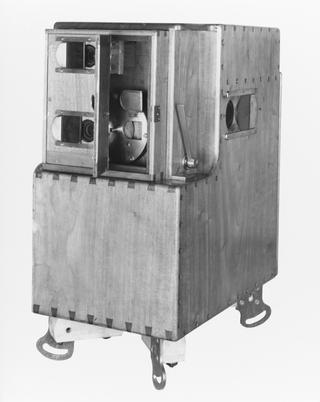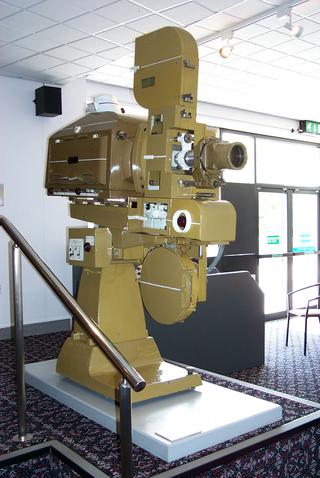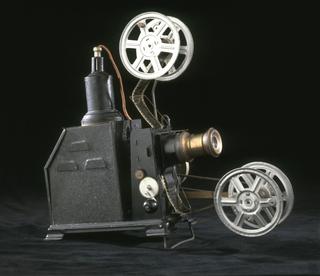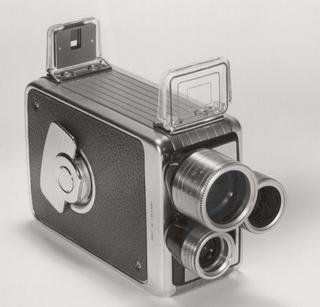
Filoscope depicting Gordon Highlanders in South Africa
- Made:
- circa 1900 in London






Filoscope depicting Gordon highlanders in South Africa, c. 1900. Lever operated flicker book. Invented by Henry W Short; manufactured under licence from The British Mutoscope Company.
Invented by Robert W Paul's (1869-1943) cameraman, Henry W Short, this was a small hand-held flip-book device, using a lever to flip over separate pictures to give the illusion of movement. Each filoscope contained a hundred or so frames reproduced from a professional film, many of them by Paul. They were marketed from 1897 onwards by the Anglo-French Filoscope Syndicate.
Details
- Category:
- Cinematography
- Object Number:
- 1948-89
- Materials:
- metal (unknown) and paper (fibre product)
- Measurements:
-
overall: 30 mm x 100 mm x 80 mm, .06 kg
- type:
- optical toy and filoscope
- credit:
- The National Media Museum, Bradford




